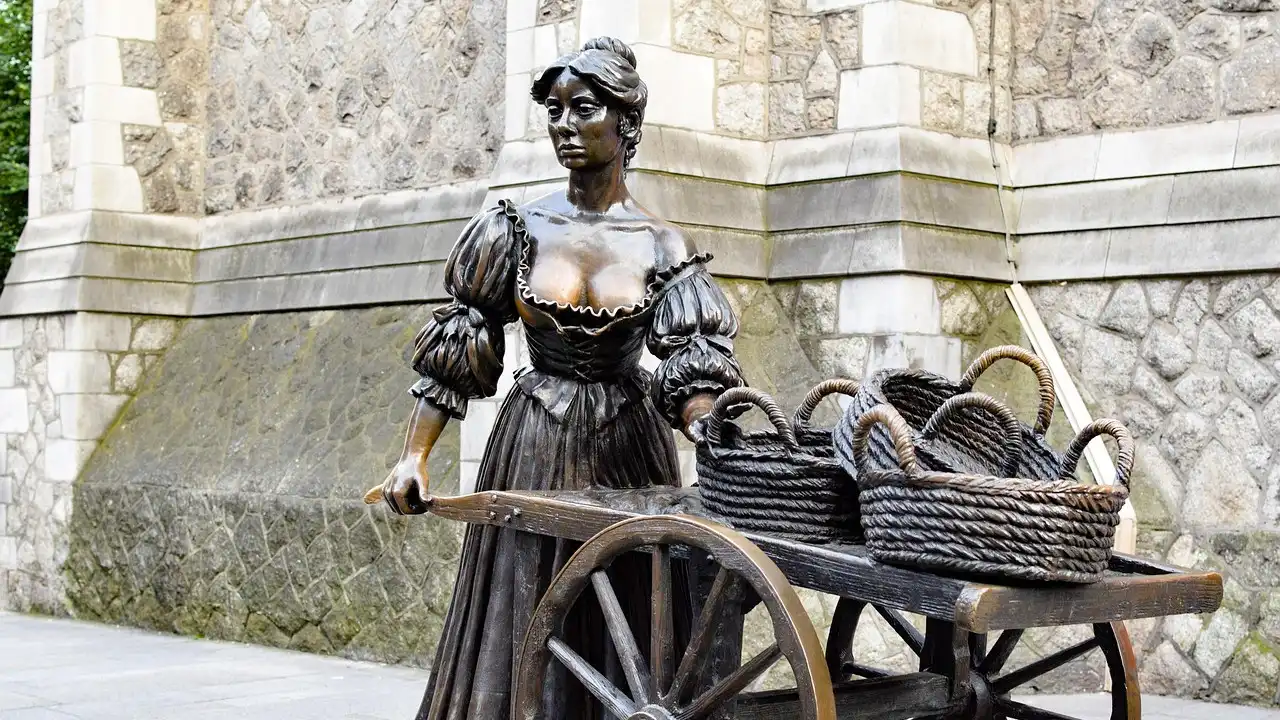How To Say Goodbye In Irish Gaelic
Author

Most people who know a little Irish know the word Slán.
But just like English has “bye,” “see you later,” “take care,” and “farewell,” Irish has several ways to say goodbye, each with its own nuance.
Let’s explore the most common ways to wrap up a conversation in Irish.
Table of Contents:
The most famous Irish goodbye: Slán
The simplest, most common, and most versatile way to say goodbye in Irish is Slán.
Slán.
The word Slán literally means “safe” or “health.” So when you say Slán to someone, you’re wishing them safety on their journey, even if they’re just heading to the next room. It’s a short, sweet, and meaningful farewell.
You can use it in almost any situation, formal or informal, just like “Bye” in English.
Caithfidh mé imeacht. Slán!
Slán, a Sheáin!
A common farewell: Slán go fóill (Bye for now)
This is one of the most frequently used farewells in Irish. It’s a fantastic, natural-sounding phrase to add to your vocabulary.
Slán go fóill.
It directly translates to “Bye for now” or “Safety for a while.” You use it when you expect to see the person again, but you’re not sure when.
It’s a friendly, slightly more complete way of saying goodbye than just Slán.
Bhí sé go deas tú a fheiceáil.
Tusa freisin! Slán go fóill.
How to say ‘See you later’ or ‘See you soon’
If you want to be more specific about when you’ll see someone, you can use the phrase Feicfidh mé thú, which literally means “I will see you.”
You can learn the core phrase and then just add a time word to the end.
| English Phrase | Irish Phrase |
|---|---|
| I will see you soon. | Feicfidh mé go luath thú. |
| I will see you later. | Feicfidh mé níos déanaí thú. |
| I will see you tomorrow. | Feicfidh mé amárach thú. |
| I will see you on Monday. | Feicfidh mé Dé Luain thú. |
This structure is incredibly useful and helps you build longer sentences easily.
Feicfidh mé amárach thú!
A key distinction: The person leaving vs. the person staying
Here’s a more traditional and fascinating aspect of Irish goodbyes that many learners miss.
Traditionally, the word for “goodbye” changes depending on whether you are the person leaving or the person staying.
- The person leaving says: Slán agat (Safety at you)
- The person staying says: Slán leat (Safety with you)
Let’s break it down:
- Agat means “at you” (singular). You wish safety to the person who is remaining in that place.
- Leat means “with you” (singular). You wish safety to the person who is going on a journey.
Here’s how it works in a conversation:
Bhuel, tá mé ag imeacht. Slán agat!
Ceart go leor, slán leat! Tabhair aire.
While a simple Slán is perfectly acceptable and very common today, knowing this distinction will deepen your understanding of the language and its culture.
Parting words
Knowing how to end a conversation is just as important as knowing how to start one. With Slán, Slán go fóill, and Feicfidh mé thú, you have a fantastic toolkit for ending any chat naturally.
Understanding these kinds of real-world conversational details is what makes the difference between textbook learning and truly communicating. It’s this focus on practical, spoken Irish that is at the heart of our Talk In Irish course.
Slán go fóill!